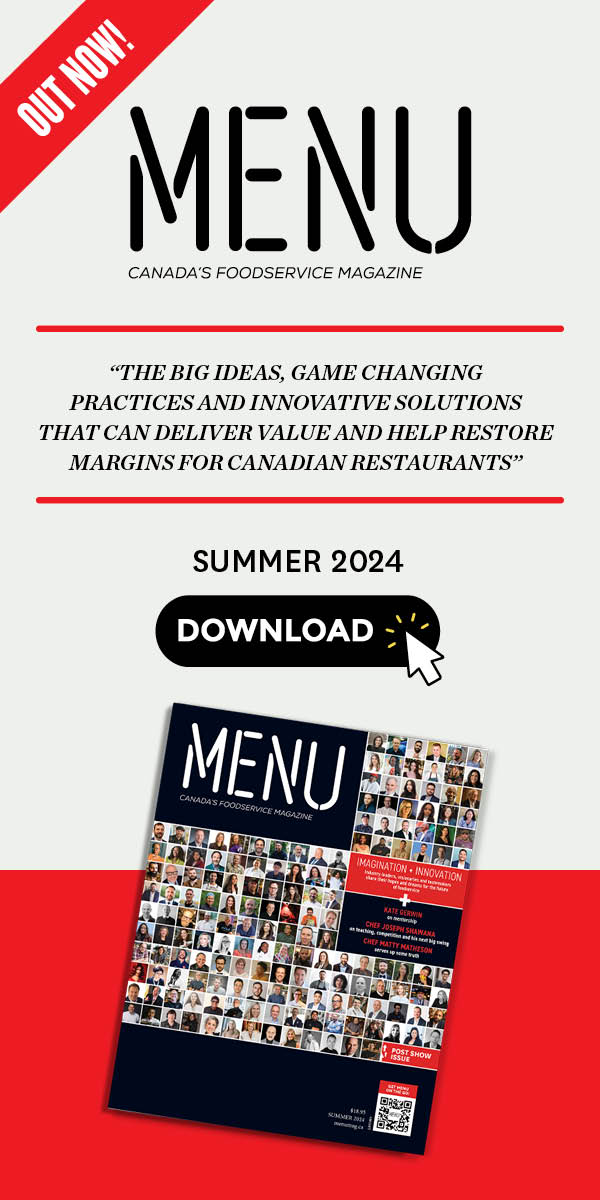Valuable Tips to Reduce Food Waste in Restaurants
Reducing food waste is top of mind for restaurants across Canada, and the world. When it comes to sustainability, restaurants are taking note that putting effort behind the movement benefits not only the planet, but their bottom line.
In the Restaurants Canada ‘Restaurant Outlook Survey‘, nine out of 10 respondents said that they will invest in environmentally sustainable operations over the next three years. Adding to this, 50 per cent of consumers in the United States say that they consider whether a business recycles, donates leftover food, or makes an effort to reduce food waste when choosing a restaurant.
Consumers want to patronize sustainable practices and want to know if restaurants are working to reduce food waste. This means increasing your profits from guests. Additionally, reducing your food waste means dumping less money in the garbage.R
Reducing waste in restaurants is a sensible business idea. Even then, in order to ensure that waste management efforts for your restaurant are successful, you need to take into account various factors.
Looking to reduce your food waste but unsure of where to start?
Check out these tips below:
Organize a team for garbage management
You may either hire professionals to carry out an audit of the waste or simply put together a team of workers to do this. The way to go is dependent on your restaurant’s scope of operation and capacity.
The team may be comprised of one or more people especially those that are directly involved in the preparation process, as they are familiar with the number of ingredients used while those in the cleaning department are able to tell the quantity of waste that customers leave after eating.
In general, pick individuals who have good analytical skills as opposed to merely being adept at numbers, as they will offer a good insight into the state of your garbage. If you have, a big number of employees doing this task then appoint a leader to coordinate with team members and ensure that the program is adhered to. Most importantly ensure that all the members are educated on the monitoring, storage as well as recycling methods. Waste Audit – Monitoring and Analysis of Garbage
Restaurant waste may be divided into two; what is left once guests have finished eating and what is generated before consumption mainly during preparation. Statistics indicate that up to 10% of raw food in restaurants finds itself in the garbage. These are huge losses that can be minimized in addition to being recycled.
Garbage that is generated after eating is what the guests did not eat alongside the packaging like paper cups and plates. This is mainly attributed to the use of extra-large food serving by a majority of restaurants as a way of attracting new guests.
Thus, conducting an audit is a sure way of obtaining information on the amount of the garbage generated from your restaurant as well as the quantity of waste that may be reduced through waste management practices like reusing and recycling.

Identify food waste
Identify the actual amount of food that ends in the garbage in the following ways:
- Using garbage specific containers
- Having a conversation with employees
- Keeping a record of the types as well as quantities of food that ends up in the waste
- Reviewing invoices as well as other documentation
To obtain accurate results, carry out the monitoring and analysis for at least one month. Employees will also need to keep the following:
- Garbage collection and disposal records
- Waste recycling income
- Inventory reports
- Suppliers’ invoices
Ultimately, the success of this exercise is highly dependent on your employee’s goodwill.
Restaurant food waste reduction & recycling
On average, a single restaurant generates up to 50 tons of waste annually. Thus, as a restaurant owner, always ensure that you have in place a system that ensures that all recyclable waste is recycled. This is especially based on the fact that food waste is organic hence 100% recyclable. In fact, restaurant waste recycling should be incorporated into daily restaurant work.
Although restaurant waste recycling is a great move, it is important to focus on reducing food wastage in the first place. Rely on the audit you did earlier to determine the quantities that you need to reduce.
Here are some of the tips to guide you in reducing food waste:
- Equip your staff with training on measurements in the kitchen
- Change the menu, by carefully identifying foods that record the most leftovers and reduce the size of the portion that is served
- Change your plates
- Invest in superior quality kitchen equipment
- Store food appropriately
- Inspect all deliveries
- Purchase food in bulk










Let us connect -with our green project.